Matt Zia
5’11”, 160 lbs (fighting weight). I generally wear a size Medium in tops and Small or Medium in pants. (see Bio)
I spend most of my time in the cold, dry climate of Montana pursuing a variety of human-powered adventures. In the shoulder seasons, I spend a significant amount of time chasing dry rock, both at the crag and in the alpine, and then trade rock shoes for mountain and ski boots and seek out frozen drips and blower powder. My layering philosophy revolves around simple layers that pack easily and complement each other. I tend to use a single basic kit and add layers as necessary given different conditions.
Keep in mind that these are suggestions primarily for winter climbing which generally involves periods of prolonged boredom and sedation punctuated by short intervals of highly aerobic movement. I’ll start with my basic kit that I use for most activities and then go into what I change / add depending on the specific activity and weather. Backcountry skiing presents a different set of needs; if that’s your vice of choice, check out the suggestions of some of the other Blister reviewers here.
THE BASIC KIT
Base layers
• Top: Duckworth Vapor V-Tee or Hoody

Made of Montana-grown wool and recycled polyester, one of these layers stays on my body nearly all year round. For slightly colder days or when the sun is shining, I’ll choose the hoody over the t-shirt. Both are durable and don’t smell at the end of the day.
• Bottom: Patagonia Capilene Lightweight Bottoms
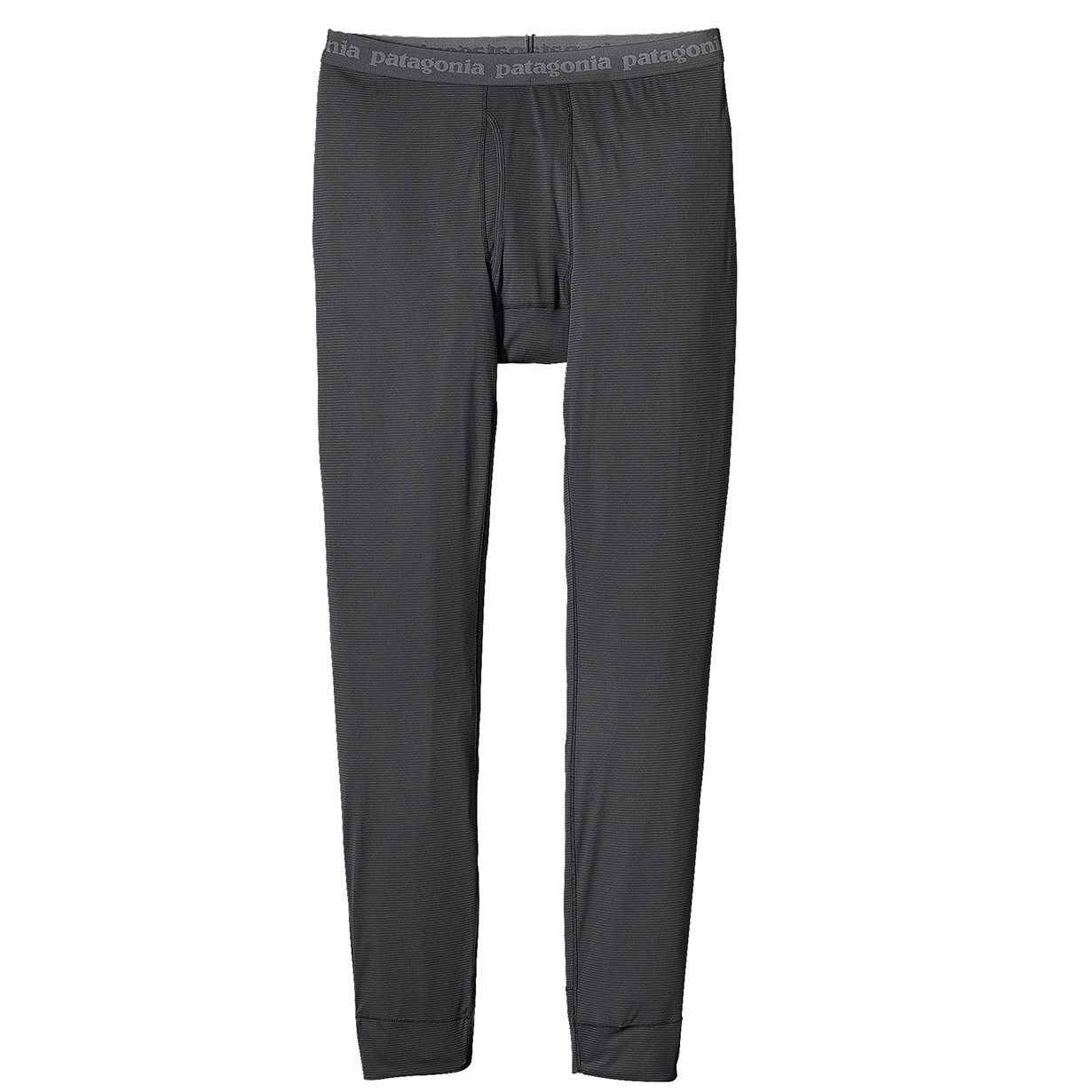
I don’t often wear them as I run hot and tend to stay warm just by staying moving, but on cold days, especially winter climbing, these are my go-to bottoms.
Mid Layer 1
• Patagonia R1 hoody

Unfortunately, recent versions of the R1 have done away with my favorite features, namely the off-set zipper and lower profile fabric around the waist, but it remains an excellent layer.
-or-
• Melanzana Micro Grid hoody
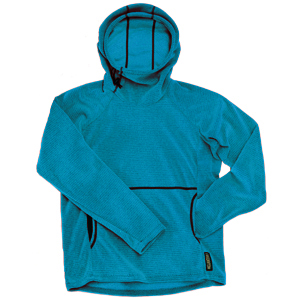
When you live in Leadville, Colorado, you inevitably end up with at least one Leadville-made Melanzana layer. Mine is still going strong after almost 6 years of use.
Mid Layer 2
• Arc’teryx Atom LT Hoody

Venerable and proven, the Atom LT might be one of the best mid-weight puffies for climbing, ever. I sometimes take it out on days with little to no precipitation and leave the shell at home.
-or-
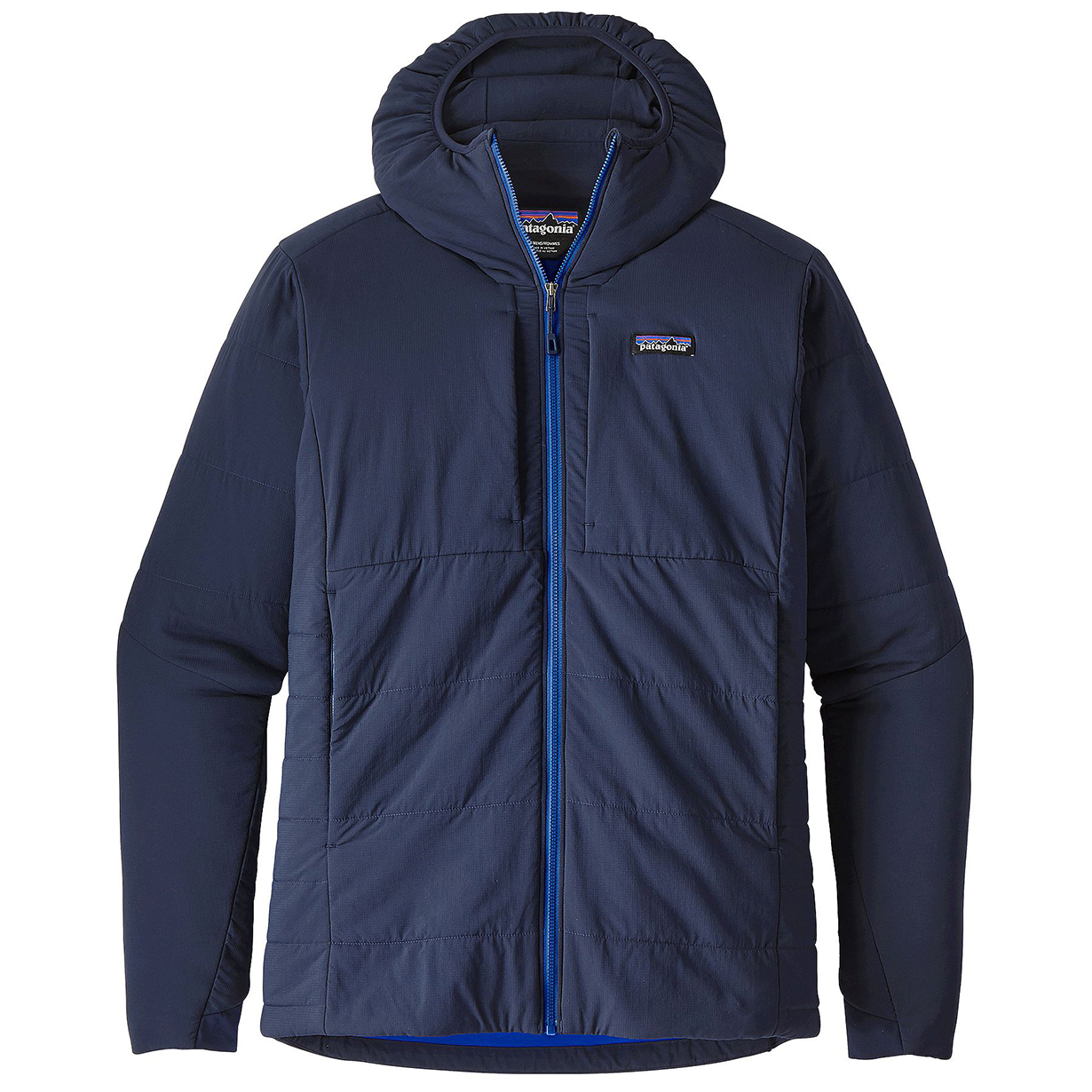
Surprise! Not really. There’s a reason the Nano-Air is on so many Blister reviewers’ lists. I usually bring the Nano-Air when I know I’m going to be moving all day but also taking a shell on and off as weather conditions change around me.
Pants
I don’t have a pair of pants listed under the basic kit. Any given day I’m more than likely wearing a pair of flannel-lined Carhartts, but they don’t do so well when wet, and I usually don’t take more than one pair of pants into the field, so pants are listed independently under the various activities below.
Socks: Darn Tough Over-the-Calf Light

These are the only socks I’ve found that I can’t destroy in less than a season. I prefer light socks as there’s less material to bunch up and create blisters, they dry faster, and most importantly, the thinner socks take up less volume in my boot and as such, maintain better circulation and warmer feet.
Glove 1: Grease Monkey Gorilla Grip
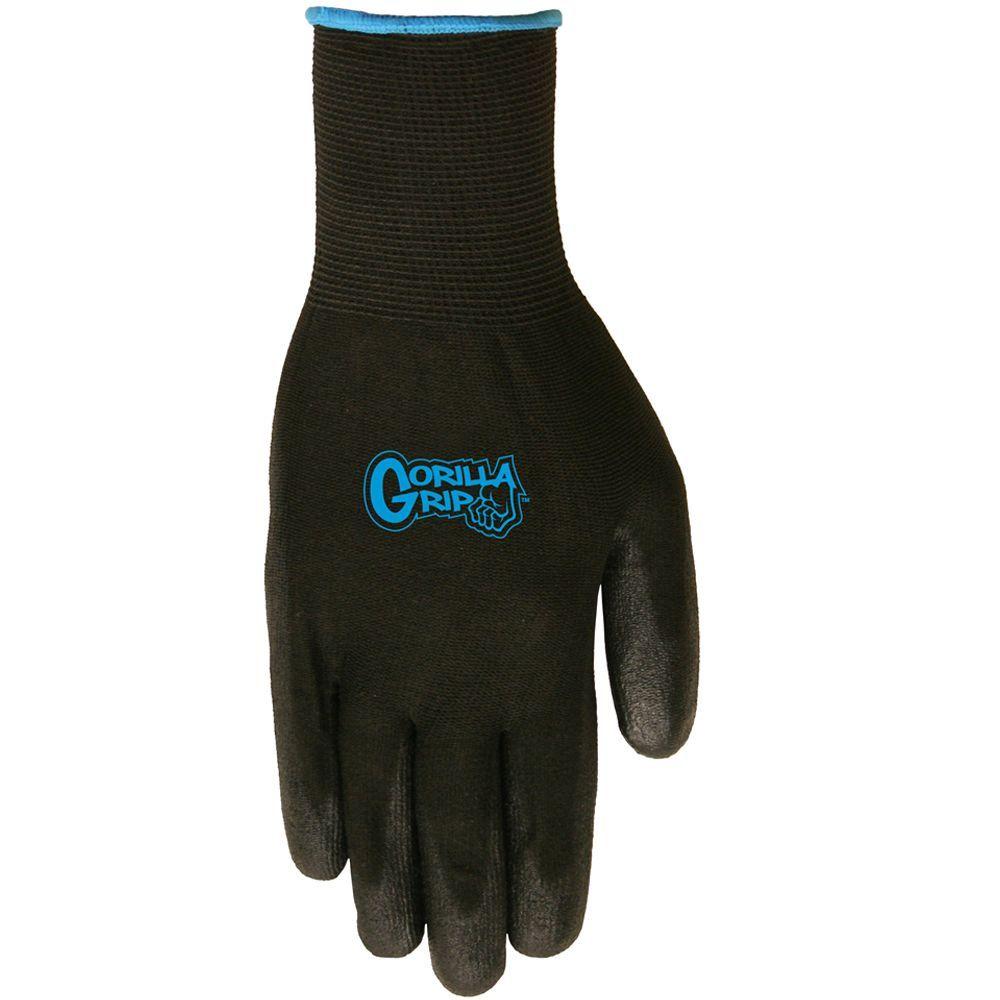
These are my favorite gloves for hard mixed and ice climbing in temps down to about 15F. They’re thin, sticky, dextrous, and dry fast. I also wear them on the skin track when backcountry skiing.
Glove 2: Kinco Lined Pigskin gloves
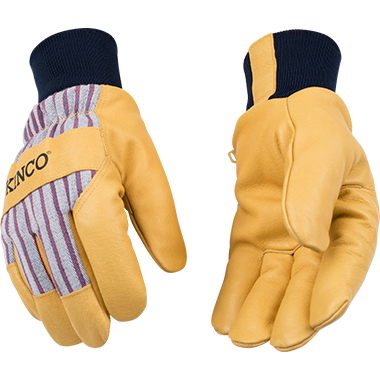
They’re unglamorous and are about as dextrous as a pipe wrench, but these Kincos are durable as hell, and after a round of Sno-Seal and a short break-in period, I use them for everything from backcountry skiing to ice climbing to timber work.
Glove 3: Outdoor Research ExtraVert
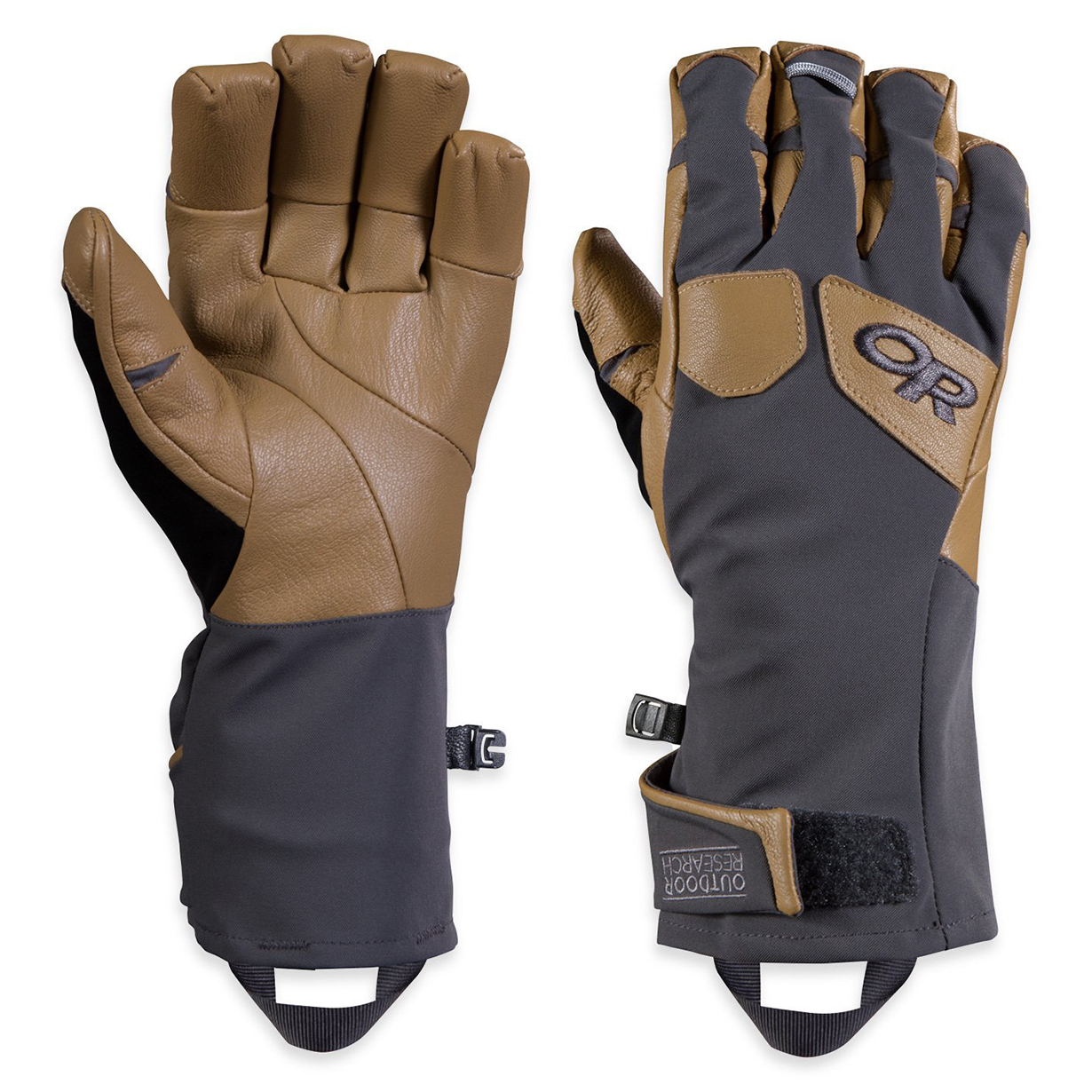
Lightly insulated with a durable leather palm, these come out when temps plunge below about 15F. Outdoor Research makes some of the best ice climbing gloves on the market IMHO.
Headwear 1: Protect Our Winters trucker hat
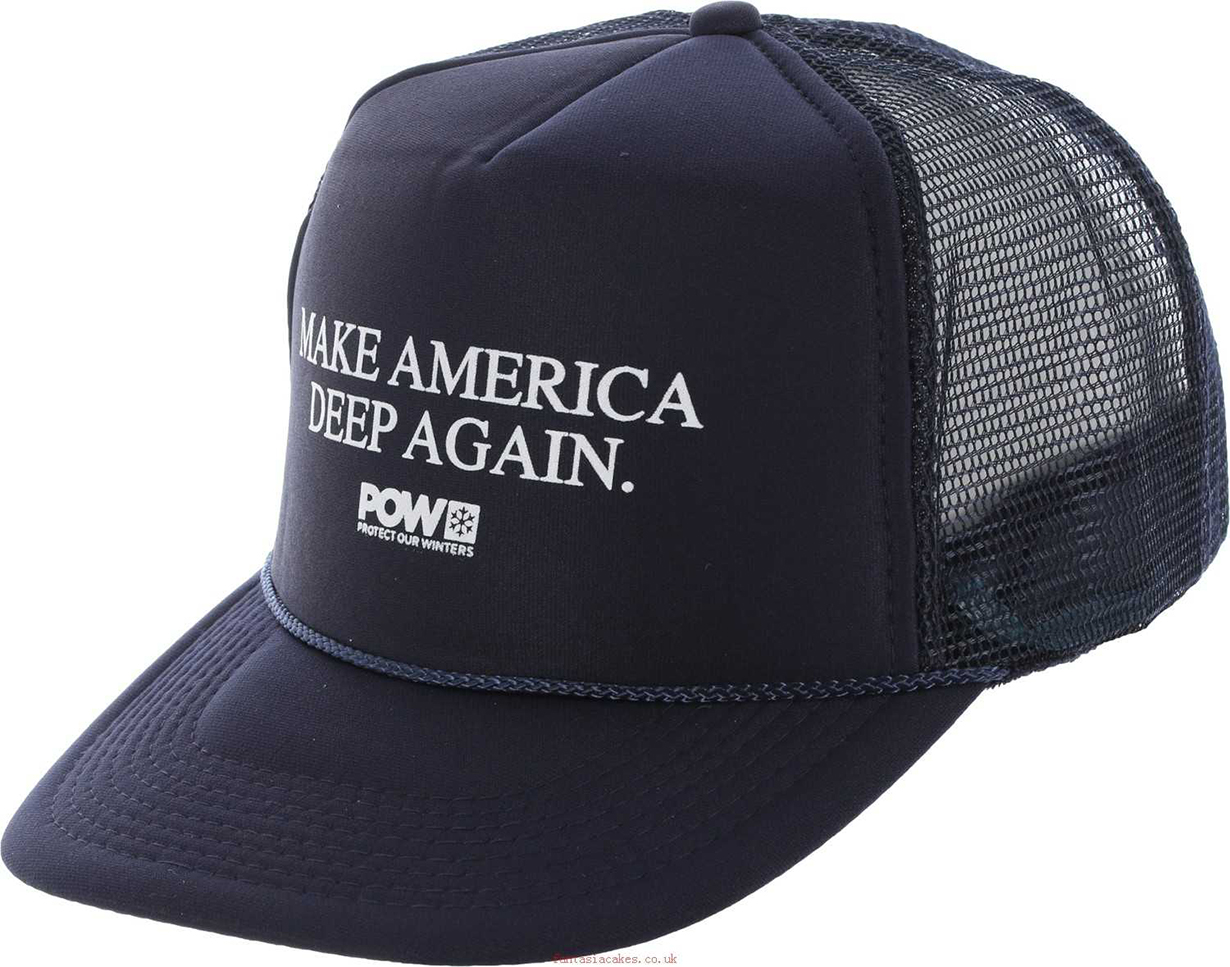
Climate change is a real and current threat to winter sports, so I’m a fan of sporting a hat from an organization working to fight it.
Buff

Lots of companies making a similar product. They all work the same, just a matter of finding the pattern you like. I’m partial to the watercolor mountain landscape Buff I picked up a couple years ago.
ALPINE ROCK CLIMBING
Hard Shell: Outdoor Research Helium II or Patagonia Alpine Houdini

I would describe both these jackets as highly engineered trash bags with sleeves. Neither breathes particularly well, or is exceptionally durable, but this is the layer that only comes out when sudden storms roll in and I need to stay dry long enough to get to safety.
Wind Shell: Black Diamond Alpine Start Hoody
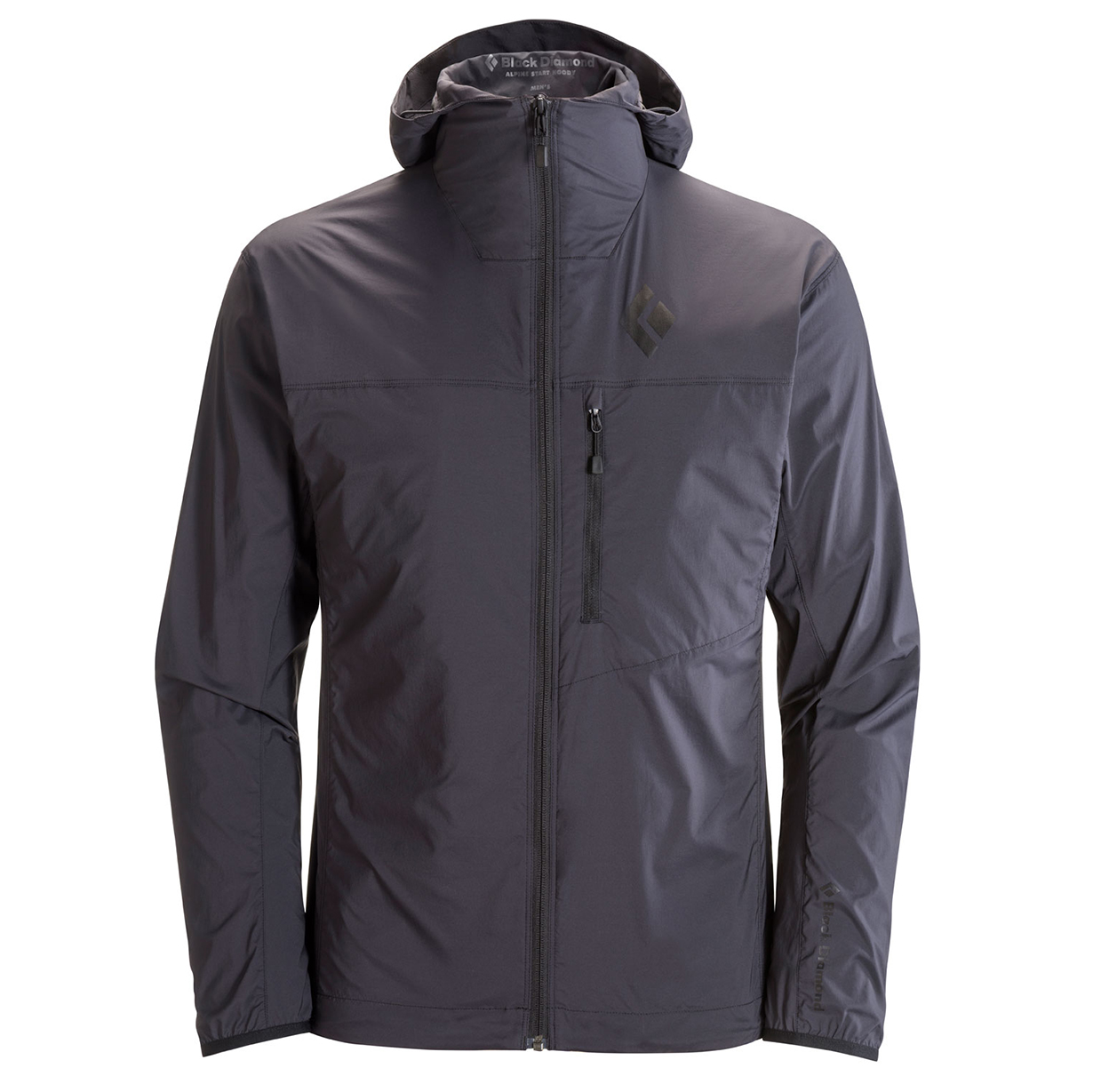
Black Diamond nailed it with the Alpine Start. See my review for more details, but this is the layer that comes with me nearly every time I leave the house. For what it’s worth, the Patagonia Houdini is a very close second to the Alpine Start.
Pants: Black Diamond BDV pants

Unfortunately Black Diamond doesn’t make the BDV pants anymore, but they’re the best softshell pants for climbing I’ve worn. The closest thing Black Diamond still makes is the Alpine Softshells. The OR Ferrosi pants are a close second for me.
FAIR WEATHER WINTER CLIMBING
Admittedly “fair weather” is relative, especially in the winter. Think of warm (ish) days of single-pitch ice climbing, or bluebird alpine climbs.
Jacket: Patagonia Knifeblade/Kniferidge Jacket
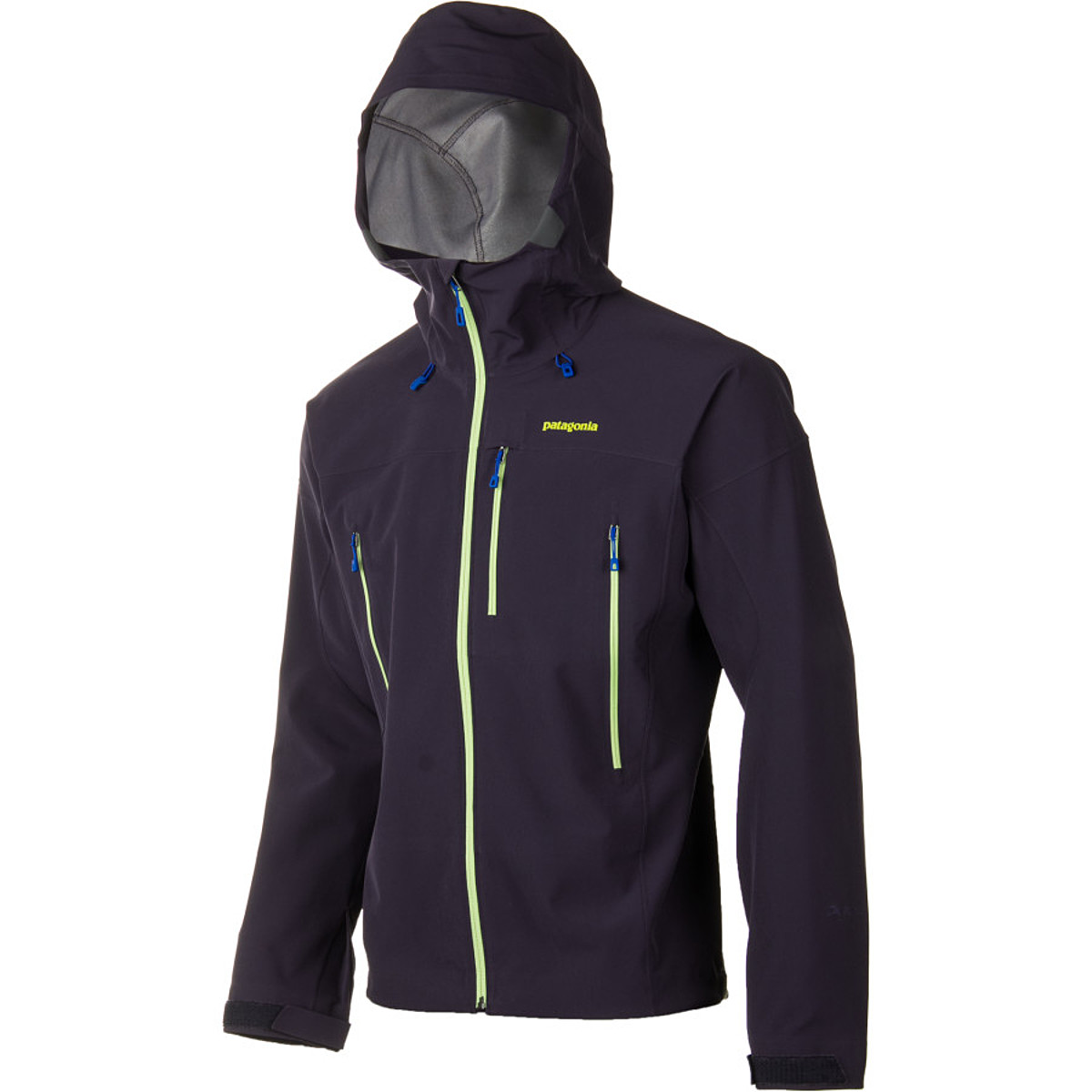
In my opinion (and a few other Blister reviewers), this is the best softshell ever made. I like it so much I bought two when I found out they were getting discontinued. Why Patagonia? The Knifeblade is as close to the perfect climbing shell as I’ve ever worn (the Kniferidge is the more ski-mountaineering-oriented version), and I’ve yet to find something that comes close. I’m currently testing a couple possibilities, so I’m hopeful one will fill the void.
Pants: NW Alpine Thielsen Pants or Outdoor Research Cirque pants
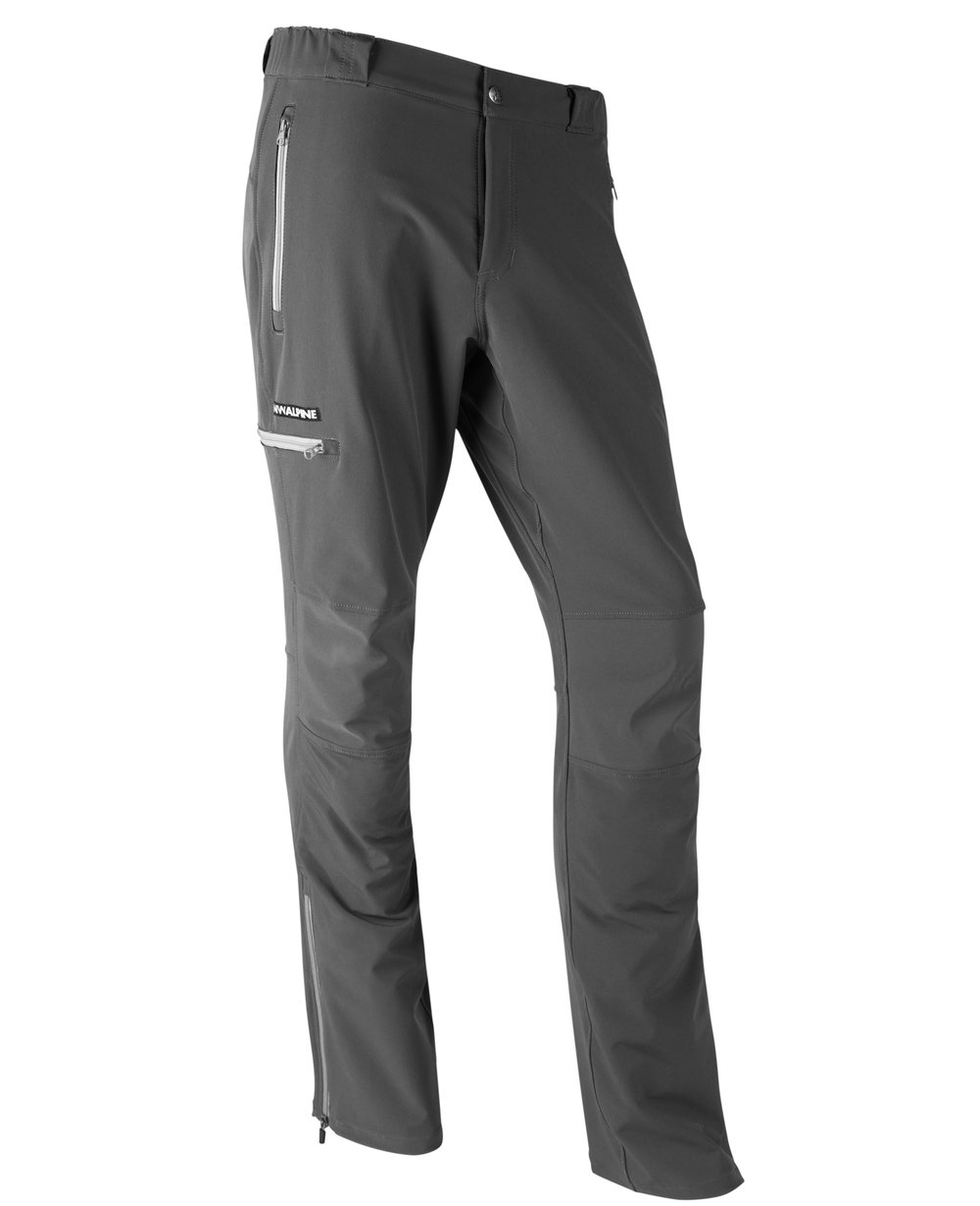
In mild conditions, I like wearing softshell pants with just a touch of insulation. The Cirque pants are slightly warmer than the Thielsen pants, but I wear them nearly interchangeably. I choose the Cirque pants when expecting postholing as they have grommets at the bottom to attach an elastic gaiter cord. The Knifeblade pants would likely take this spot, but I wasn’t lucky enough to snag a pair before they went the way of the dinosaurs.
Insulation: Rab Microlight Alpine jacket

In good weather, I usually go with down insulation in addition to a lightweight synthetic puffy. And yes, I usually bring two puffies when close to the car. Because while the mythology of alpine climbing is full of suffering, why be cold unless you’re on a huge Alaskan peak?
BAD WEATHER WINTER CLIMBING
Again, it’s all relative, but imagine when your eyes freeze shut and you need to dodge spindrift when climbing.
Jacket: Westcomb Shift LT

Lightweight, packable, waterproof, breathes better than most hard shells, and unscathed by a season in Patagonia. Possibly the best climbing hard shell I’ve worn. It only comes out when the defecation really hits the oscillation, which thankfully isn’t often, and I don’t take it on every trip, but it’s saved my life. Seriously.
Pants: Patagonia Hard Shell Bibs
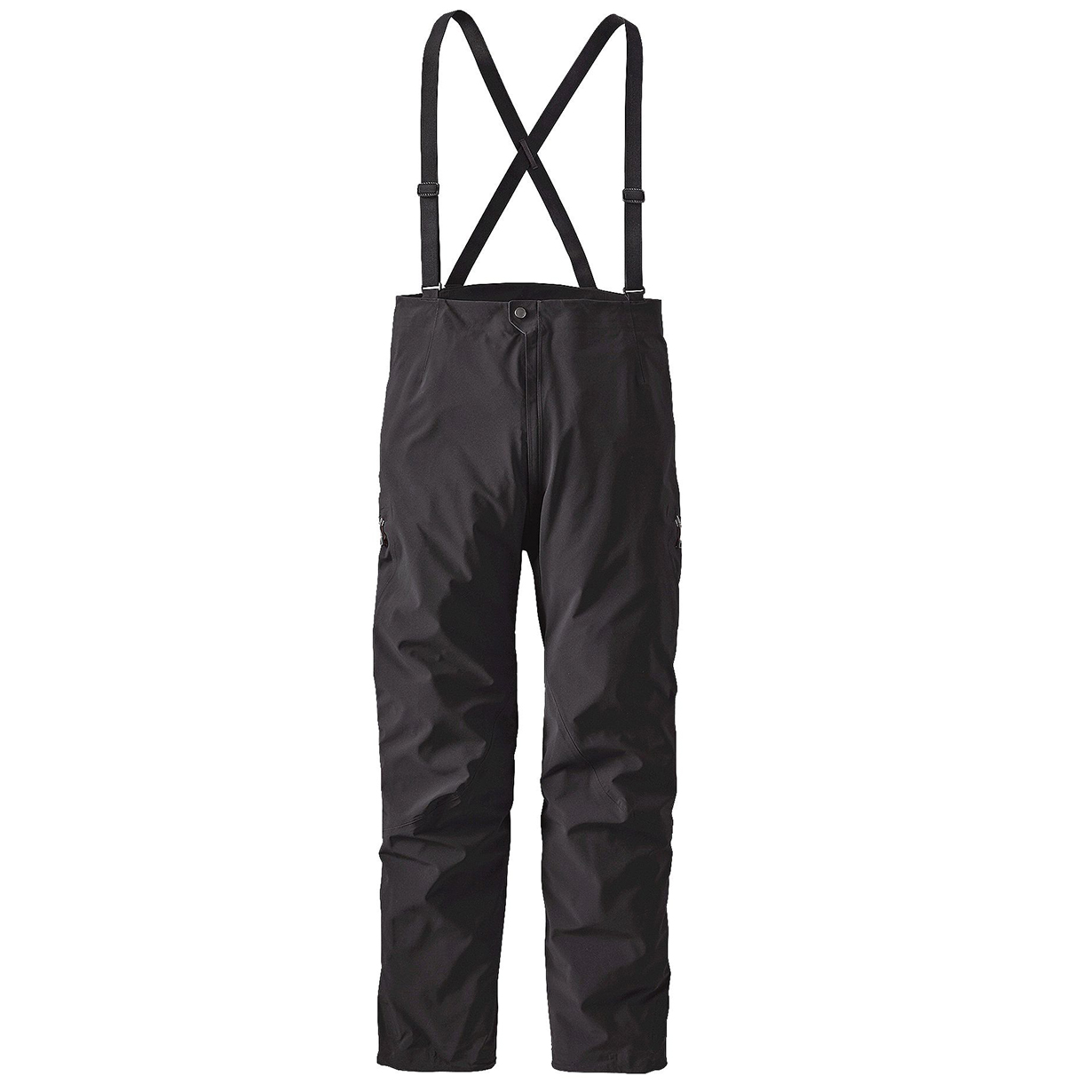
Found at a past Patagonia sale, these are almost old enough to legally drink and look like they had a run-in with Dr. Frankenstein. The closest living relative is the Patagonia Galvanized bibs, but I keep coming back to the old standbys.
Belay Parka: NW Alpine Belay Parka
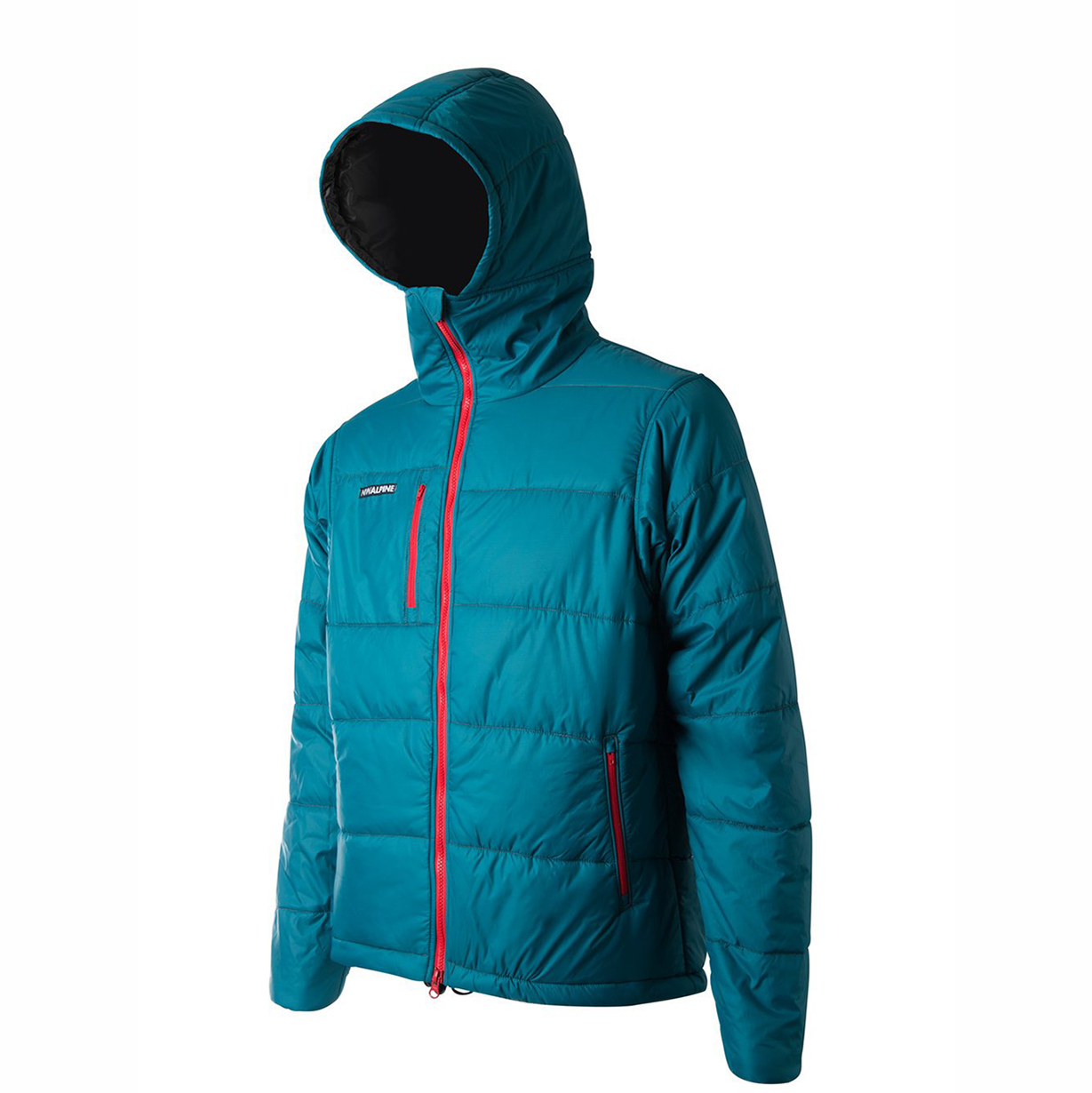
This is a mobile sleeping bag. When the weather is really bad, it goes on over everything else and takes me to my happy place, especially when combined with a thermos of tea. Also a contender, the Patagonia DAS Parka (RIP).

I enjoyed reading what you guys/Gals wear and why. I use similar pieces and you gave me some ideas on adding a couple, namely the Skins A400 3/4 compression tights. I have been using the CWX compression shorts the past few years along with neoprene knee braces, but I like the 3/4 length better.
I just bought the G-Form Pro-X compression shirt, I have a AC Separation on my left shoulder and a Labrum tear on my right shoulder from a Mountain Bike crash in September, so I have been looking for some form of protection that is not overly bulky and breathes decently.
Keep up the good work.
As someone who has been looking for replacements for his trusty, but kinda old and gross, Marker Spring Gloves – I share your pain JE – I’ve struggled finding good spring / touring gloves. For me not necessarily uphill – but something with the dexterity that works for errands around a cold and windy NYC, a fall tailgate, or for warmer days we seem to keep hitting on trips west to Utah. I’m intrigued not only by Luke’s description of the M1 Trucks – but also the free shipping and returns – not to mention the price! Fingers crossed. Happy Holidays!
For thinnish gloves,, I really like the OR Lodestar gloves. Unlike most gloves of similar thickness they don’t have any membrain.coating or insert.
This has two benefits:
First: breathability and drying time are best in class, so even if you get them wet from snow or sweat, they will dry fast.
Two, the fleece insulation is part of the outer fabric (back nylon and leather palm) so there are no separate layers sliding across each other, to reduce grip and dexterity.
Unlike many others they have a fairly weather resistant nylon back, water resistant Pittards leather palm and finger tips, and the leather is lined with a bonded fleece, where most palms are uninsulated.
Do all of you who ski-tour with an ultralight down jacket not worry that:
1: It will lose loft during the day due to moisture (at the very least from sweat in your clothing from the ascent, if not from snow)?
2: That you will rip those ultralight fabrics/seams if you wipe out, or ski through some trees/brush?